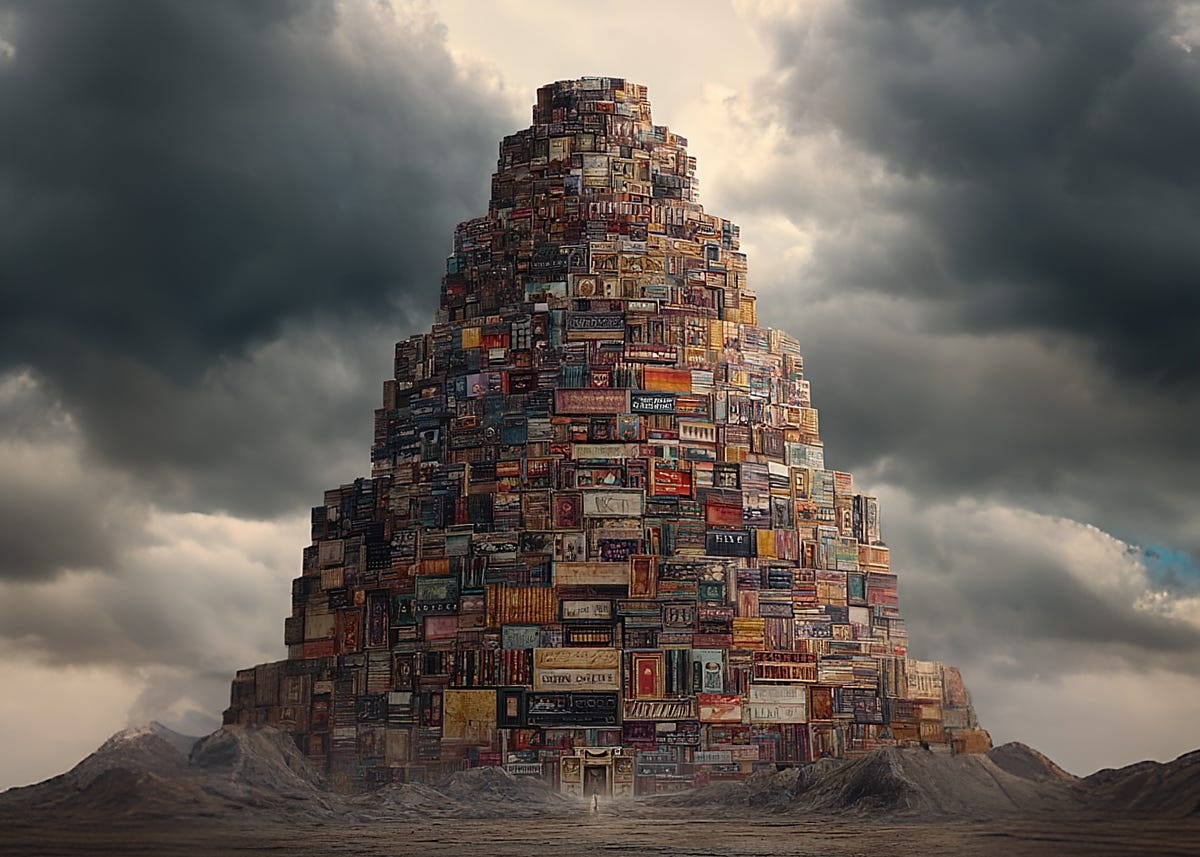The Tower of Labels
"Buddhism doesn’t deny differences but reveals how clinging to them paralyzes change."
We don't transcend labels by denying them, but by seeing through them. —Joanna Macy
Soon after our birth, we learn to label and categorize things. It’s a skill necessary for survival. Without it, we’d be unable to function in the day-to-day world.
Beings with a face, two arms, and two legs are people. Eventually, we encounter some of those beings missing one or more limbs, but we understand that they also fall into the category of “people.” They’re not animals, fish, birds, or insects—other categories. Many of the grown-ups (another label) around us seem intent on teaching us the categories.
In the Western world, we learn early that the implement with a handle and a scoopy end is a spoon. Then we learn to classify similar objects with four tines as forks. The ones with blades are knives. Later still, we understand categories like silverware and flatware, and that a drawer in the room called “kitchen” is where those items are stored.
Buddhism teaches that labels and categories are empty, as are all things that can be labeled and categorized. But that’s a discussion for another day. Let’s stick with practicalities. Most spoons are not so empty that you can bite through them, and most knives can cut you.
That’s why learning to label is essential to normal functioning.
When homo sapiens emerged 300,000 years ago from the flow of life that had begun on our planet more than 3 billion years earlier, our ancestors needed to label things quickly. They needed to distinguish between harmful and harmless life forms and learn which ones were edible.
They also needed to distinguish between their family and its allies and other humans who might be hostile.
The instinct to categorize humans runs deep in our evolutionary history. Today, though, it’s the root of many ills.
Keep reading with a 7-day free trial
Subscribe to From the Pure Land to keep reading this post and get 7 days of free access to the full post archives.




